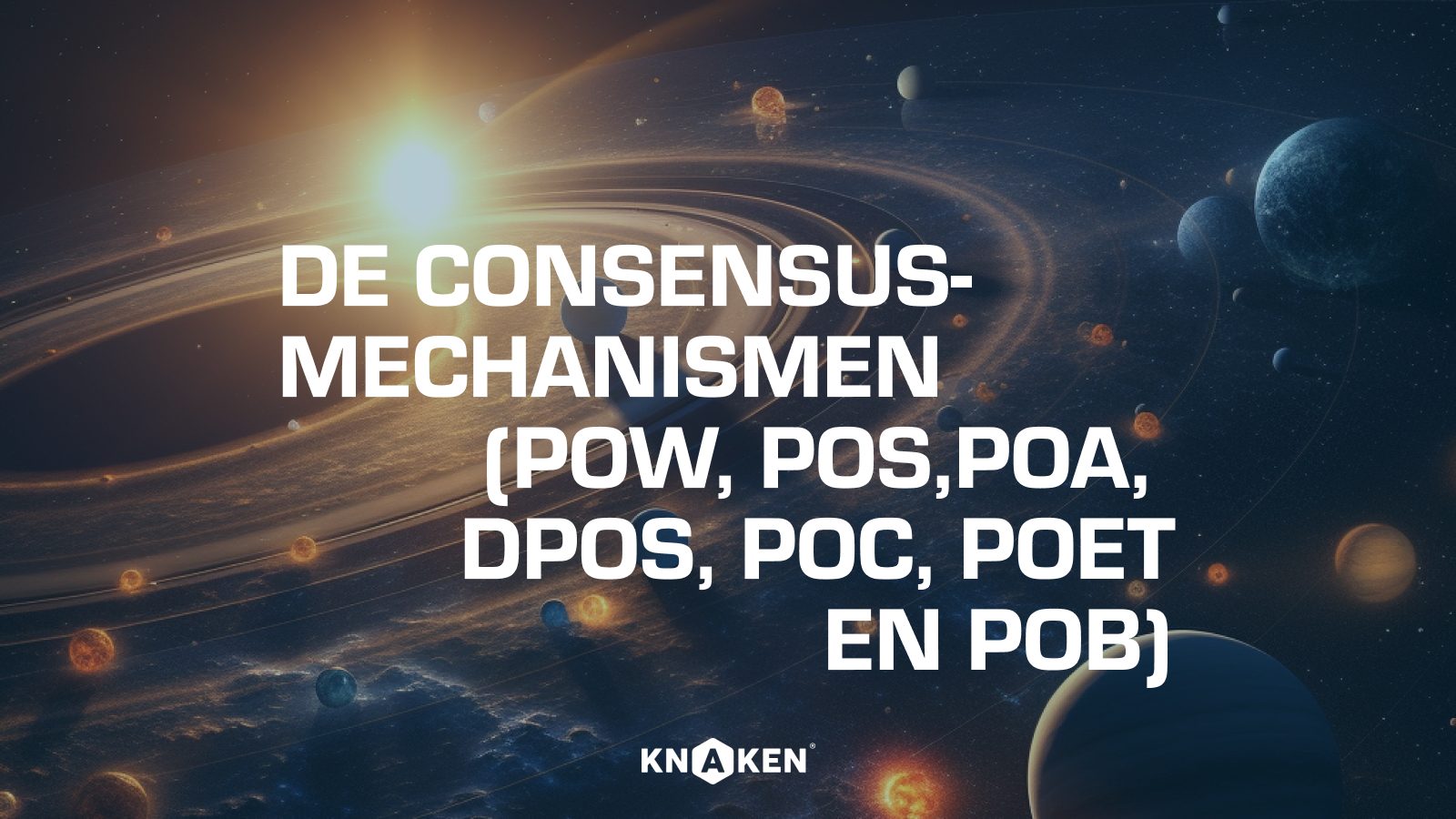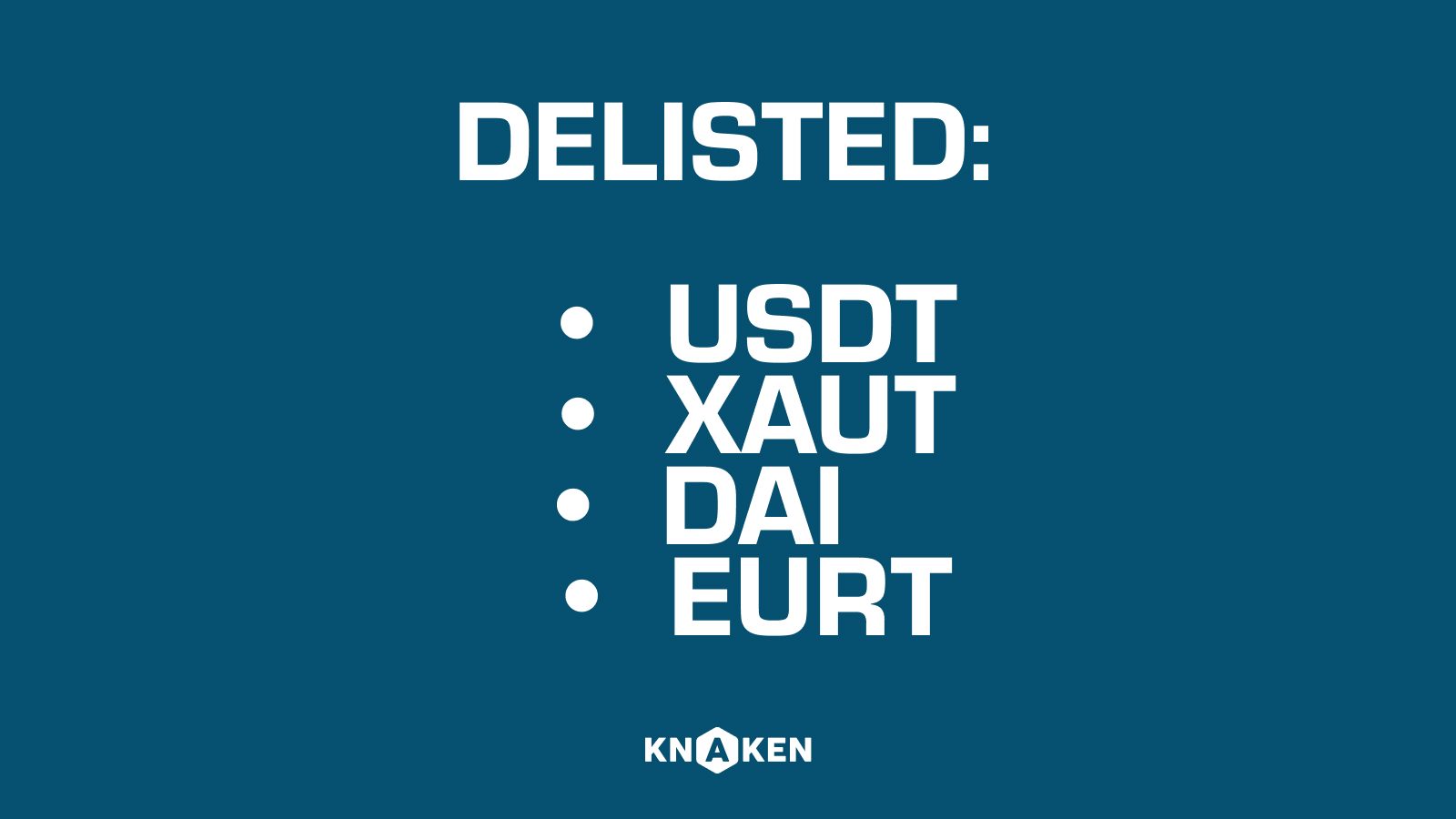

The world of blockchain and cryptocurrency is based on decentralized systems where trust, security, and integrity are crucial. Consensus mechanisms form the foundation of these systems. Consensus mechanisms verify each transaction on the chain and ensure that all transactions are traceable and that each recorded copy contains valid or fair authorizations.
Types of consensus mechanisms: advantages and disadvantages
Just like crypto tokens, these protocols form the backbone of blockchain, where nodes agree on smart contracts and big data. So, if consensus mechanisms are these essential components within blockchain networks, what are the advantages and disadvantages of each different method?
Proof of Work (PoW)
Proof of Work is one of the most well-known consensus mechanisms and was introduced by Satoshi Nakamoto at the launch of Bitcoin. In a PoW system, computational power is used to solve complex cryptographic puzzles. Mining ‘nodes’ compete to add new blocks to the blockchain, earning rewards in the form of new coins and transaction fees.
Advantages:
– Transactions are secure and reliable
– More miners strengthen the security of the network
– Difficult to manipulate the PoW blockchain
Disadvantages:
– Requires a lot of computational power
– Scalability issues, such as slow transaction times
Proof of Stake (PoS)
Proof of Stake was developed as an alternative to PoW and addresses some of its disadvantages. Instead of solving cryptographic puzzles, participants gain the right to validate blocks based on their stake in the cryptocurrency (the number of tokens they hold). This makes PoS more energy-efficient than PoW and transactions faster.
Advantages:
– More energy-efficient than PoW
– Faster transactions and lower costs
– Lower entry barrier for participation
Disadvantages:
– Less secure or reliable than PoW
Proof of Authority (PoA)
Proof of Authority is a unique mechanism where the authority to validate blocks is assigned to a limited number of authorized nodes. This results in a higher level of trust and faster transaction throughput than in PoW and PoS systems.
Advantages:
– Secure environment for transactions
– Open for anyone to participate
Disadvantages:
– Potential for centralized power
– Limited number of participants
Delegated Proof of Stake (DPoS)
Delegated Proof of Stake is a variant of PoS where token holders vote on the participants who can create new blocks. This allows DPoS to scale faster and be more energy-efficient than traditional PoS or PoW systems.
Advantages:
– High degree of scalability and energy efficiency
– Cost-effective
Disadvantages:
– Partial centralization of power
Proof of Capacity (PoC)
In Proof of Capacity, hard drive space is used to generate and validate blocks. This is an energy-efficient way to reach consensus, as no computational power is wasted on cryptographic puzzles.
Advantages:
– Energy-efficient
– Can be used with various storage media
Disadvantages:
– Limited adoption in the crypto world
Proof of Elapsed Time (PoET)
In Proof of Elapsed Time (PoET), generating and validating blocks is based on a randomly chosen waiting time. This provides a secure and faster way to reach consensus without consuming large amounts of energy.
Advantages:
– Energy-efficient
– Faster block generation and validation
Disadvantages:
– Centralization issues due to limiting multiple nodes simultaneously
Proof of Burn (PoB)
Proof of Burn (PoB) is a consensus mechanism where coins are “burned” or destroyed to show commitment to the network. It is a way to encourage user loyalty without wasting energy, contributing to the sustainability of the system.
Advantages:
– Sustainable and energy-efficient
– Promotes user loyalty
Disadvantages:
– Possible power imbalance due to favoring whales
Conclusion
A consensus model forms the heart of every chain where there are no central regulatory authorities for these platforms on which crypto and other assets are used. The existence of consensus mechanisms is intended to maintain trust, security, integrity, and agreement within the decentralized blockchain ecosystem. Consensus mechanisms ensure that the blockchain remains self-sufficient, as algorithms help achieve the necessary agreement among multi-agent or distributed ledger systems.



Knaken Cryptohandel B.V. has applied for a MiCA license from the Netherlands Authority for the Financial Markets (AFM). This application is currently being assessed by the AFM.
Investing in crypto-related products involves significant risks.















